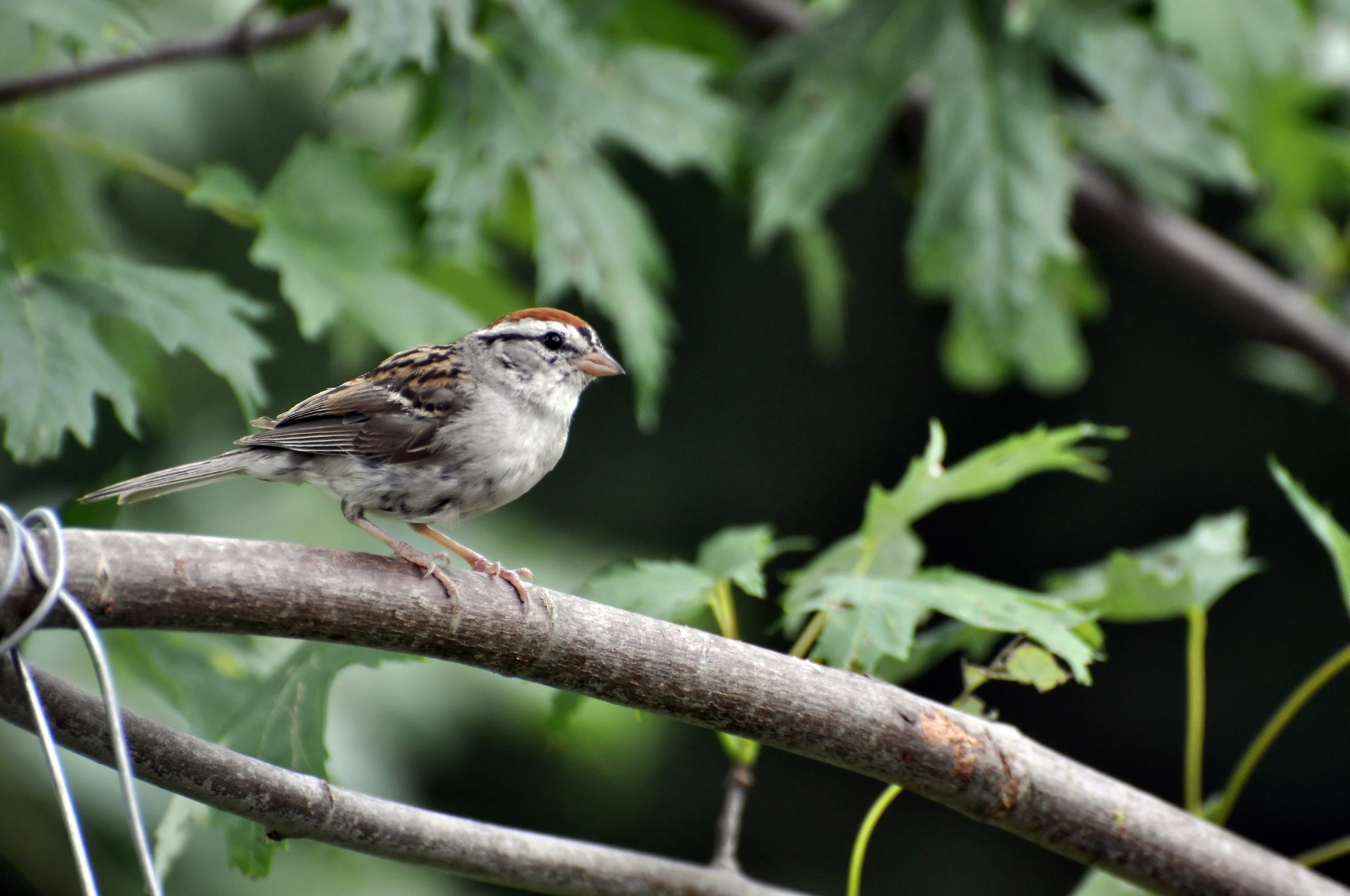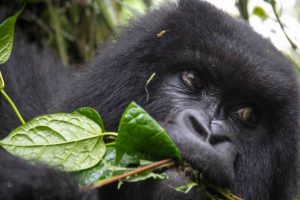Birdwatching Rwanda Uganda
East Africa is a haven for biodiversity, and when it comes to birdwatching, Rwanda and Uganda offer some of the most breathtaking avian experiences on the continent. With lush montane forests, rich wetlands, expansive savannahs, and over 1,800 bird species between them, these two countries are true birdwatching paradises.
What Are the Best Birdwatching Spots in Uganda?
Uganda is a world-class birding destination with over 1,000 recorded bird species. From vast wetlands to impenetrable forests, it offers diverse habitats that attract birders from across the globe. Here are some of the top birdwatching spots:
-
Mabamba Swamp
Located near Lake Victoria, Mabamba Swamp is one of the best places in the world to spot the elusive Shoebill Stork, a bucket-list species for many birders. This swamp is a Ramsar site and is best explored via a guided canoe ride. The water channels, surrounded by papyrus reeds, offer tranquil scenery and host a variety of aquatic and swamp bird species. Apart from the Shoebill, you can also find African Jacanas, Lesser Jacanas, Malachite Kingfishers, and African Pygmy Geese.
-
Queen Elizabeth National Park
This park is home to over 600 bird species, making it one of the most diverse birding destinations in Africa. Highlights include the African Fish Eagle, Papyrus Gonolek, and White-winged Warbler. The park’s varied ecosystems—ranging from savannah to crater lakes and wetlands—offer year-round birding opportunities. Birders can take boat safaris on the Kazinga Channel, where dozens of species are seen within a few hours, or explore the Maramagambo Forest for forest dwellers like the White-tailed Ant Thrush and Forest Flycatcher.
Famous for gorilla trekking, Bwindi also hosts over 400 bird species, including 23 Albertine Rift endemics. The park is one of the most important birding areas in Africa, classified as an Important Bird Area (IBA) by BirdLife International. Key species include the African Green Broadbill, Grauer’s Rush Warbler, and Rwenzori Batis. The Buhoma and Ruhija sections of the park are particularly rewarding for birders, offering a combination of forest trails and canopy views.
Kibale Forest is home to over 370 bird species, including the elusive African Pitta, which is considered one of Africa’s most colorful and difficult-to-spot birds. Birders can also find the Black Bee-eater, Blue-breasted Kingfisher, and Nahan’s Francolin. The park is also popular for primate viewing, so it’s perfect for nature lovers who want a mix of wildlife and birdwatching. The nearby Bigodi Wetland Sanctuary is another excellent birding location, with species like the Great Blue Turaco and Grey-headed Oliveback.
-
Semuliki National Park
This lowland rainforest is ideal for spotting Central African bird species rarely seen elsewhere in East Africa, such as the Maxwell’s Black Weaver and Blue-billed Malimbe. The park contains over 400 bird species and is particularly known for its forest birds and nightjars. Birding here is best done with experienced local guides due to the park’s complex terrain and the specific nature of its species.
Where Can You Go Birdwatching in Rwanda?
Though smaller than Uganda, Rwanda offers equally rich birding experiences with over 700 species, including many Albertine Rift endemics.
A montane rainforest, Nyungwe is Rwanda’s premier birdwatching destination with over 320 species. Look for the Red-collared Babbler, Rwenzori Turaco, and Great Blue Turaco. The park’s dense forest habitat also shelters species like the Archer’s Robin-Chat, Dusky Crimsonwing, and White-headed Wood-hoopoe. With over 130 kilometers of walking trails, Nyungwe allows immersive birding experiences through guided forest hikes.
While known for mountain gorillas, Volcanoes National Park is also home to over 200 bird species, including 16 endemics to the Virunga region. Birdwatchers here may see the Ruwenzori Double-collared Sunbird, Dusky Turtle Dove, and Grauer’s Swamp Warbler. The high-altitude forest and bamboo zones provide a unique setting for alpine bird species not found elsewhere in Rwanda.
-
Rugezi Swamp
A RAMSAR-listed wetland in northern Rwanda, Rugezi supports 194 bird species. It’s a critical habitat for the endangered Grauer’s Swamp Warbler, as well as White-winged Swamp Warbler and Lesser Jacana. The swamp is an excellent location for wetland and water-associated species and is particularly good during the rainy season when birds are nesting.
-
Kigali and Bugesera Wetlands
These urban and peri-urban wetlands are surprisingly rich in birdlife, with over 415 species recorded. Common sightings include the Papyrus Canary, White-backed Duck, and African Jacana. Accessible and located close to the capital city, these wetlands are ideal for travelers with limited time or those starting their birding trip in Rwanda.
Both countries are treasure troves of rare and iconic birds. Here are some of the most sought-after species:
- Shoebill Stork – Uganda’s most famous bird, typically found in Mabamba Swamp and Nile delta areas.
- Great Blue Turaco – A vibrantly colored bird found in both Uganda and Rwanda’s forested parks.
- Red-collared Babbler – A Rwanda endemic, seen in Nyungwe.
- Rwenzori Turaco – Found in the Albertine Rift montane forests of both countries.
- African Pitta – Best spotted in Kibale Forest, Uganda, during the breeding season.
- Grauer’s Swamp Warbler – A wetland specialist found in Rwanda’s Rugezi Swamp and Uganda’s Mubwindi Swamp.
- Black Bee-eater, Green-breasted Pitta, Blue-headed Sunbird, and Dusky Crimsonwing also rank high on birder target lists.
When Is the Best Time for Birdwatching in Uganda and Rwanda?
Timing your birdwatching trip is crucial for maximizing sightings:
- Uganda: Best times are June to August and December to February, when resident species are active and the dry season improves trail access. Migratory birds arrive between November and April, enriching the species diversity.
- Rwanda: Best times are December to February and June to September. These dry seasons provide excellent visibility, pleasant weather, and easier access to trails and wetlands.
Birds are generally most active in the early morning and late afternoon, so plan outings accordingly. Migrant species from Europe and northern Asia increase sightings during the northern winter months.
What Should You Pack for a Birdwatching Trip in East Africa?
Preparation ensures a rewarding birding experience. Pack the following essentials:
- High-quality binoculars (preferably 8×42 or 10×42)
- Field guidebooks specific to East Africa (e.g., “Birds of East Africa” by Terry Stevenson and John Fanshawe)
- Camera with zoom lens for photographing birds, ideally 300mm or more
- Insect repellent and sunscreen to protect from bites and sunburn
- Lightweight, neutral-colored clothing to avoid startling birds
- A wide-brimmed hat and sunglasses for sun protection
- Notebook or digital birding app (like eBird or Merlin) for recording sightings
- Comfortable, waterproof hiking boots with good grip for forest trails
- Reusable water bottle and snacks for long walks
Early morning starts are essential, as birds are most vocal and active at dawn.
Why Choose Rwanda and Uganda for Your Next Birdwatching Adventure?
Whether you’re a seasoned ornithologist or a beginner birder, Rwanda and Uganda deliver an unmatched birdwatching experience. From iconic species like the Shoebill Stork and Great Blue Turaco to hidden gems like the Red-collared Babbler and Grauer’s Swamp Warbler, the diversity is astonishing.
Add to that stunning landscapes, professional guides, and easy access to key birding locations—and it’s easy to see why these countries are at the top of every birder’s list. Uganda’s sheer bird numbers and habitat diversity pair beautifully with Rwanda’s accessibility, endemic species, and modern infrastructure.
Plan your birdwatching safari today and discover why Rwanda and Uganda are considered true birdwatching paradises in East Africa.




